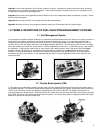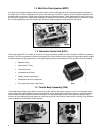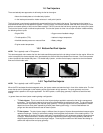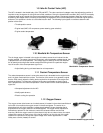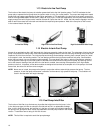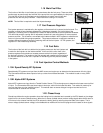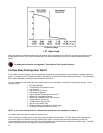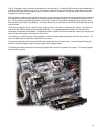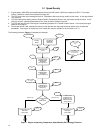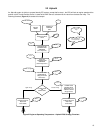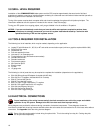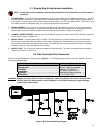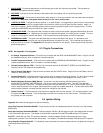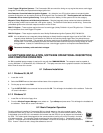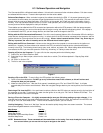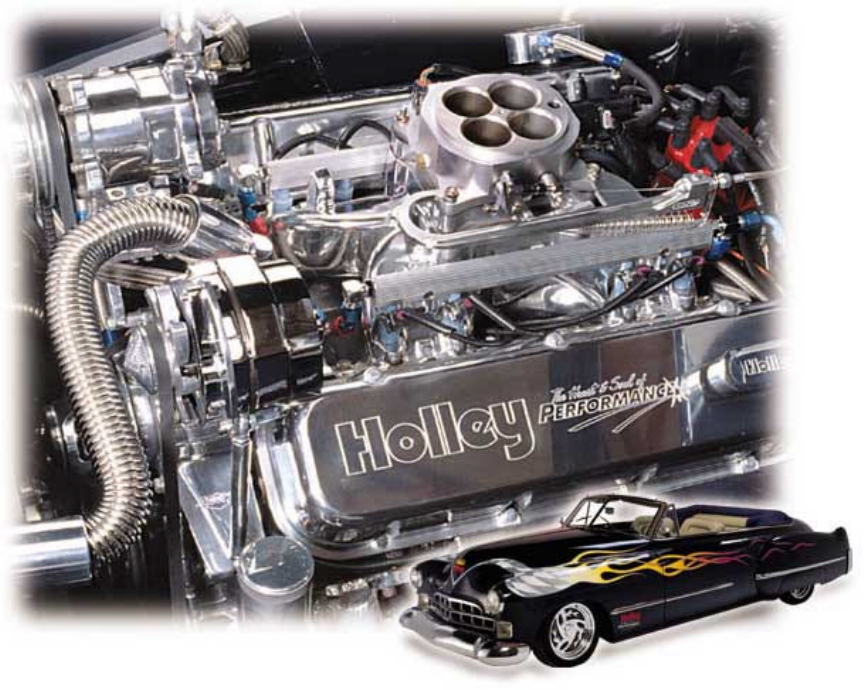
13
The Air Temperature Sensor monitors the temperature of the incoming air. This tells the ECU what the outside temperature is
and allows the ECU to adjust the fuel for this. The Coolant Temperature Sensor tells the ECU the temperature of the engine
and will add extra fuel when the engine is colder, just like the choke on a carburetor. Using these inputs, the ECU can then
calculate how much fuel to inject.
The fuel system is made up of several basic components. A high-pressure, high-volume fuel pump supplies fuel to the engine.
Multi-port EFI fuel systems usually operate at a pressure between 43 to 65 psi compared to a carburetor fuel system (5 to 8
psi). TBI EFI systems usually operate between 12 and 22 psi. Since EFI fuel pumps are designed to push fuel, they do not
have the ability to pull fuel for long distances. The pump needs to be mounted close to the tank and preferably below the fuel
level in the tank
The fuel pump supplies fuel to the fuel rails, which supply fuel to the fuel injectors in multi-port EFI systems. Fuel that is not
used by the fuel injectors passes to the fuel pressure regulator. The regulator bypasses fuel back to the fuel tank while
maintaining the pressure it is adjusted to. Throttle Body Injection systems (TBI) are self-contained, meaning the injectors, fuel
inlet and outlet, and regulator are contained in the TBI unit.
The following is a simple verbal and visual description of how fuel injection systems determine how much fuel to deliver. The
terms and ideas used are explained in detail later in this manual
There are two methods that the Commander 950 uses to determine how much fuel to inject. These are Speed Density and
Alpha-N. Almost all engines, except some race engines will use Speed Density.
The following describes the sequence of events that happens each time fuel is injected into an engine. This literally happens
over 250 times a second.



